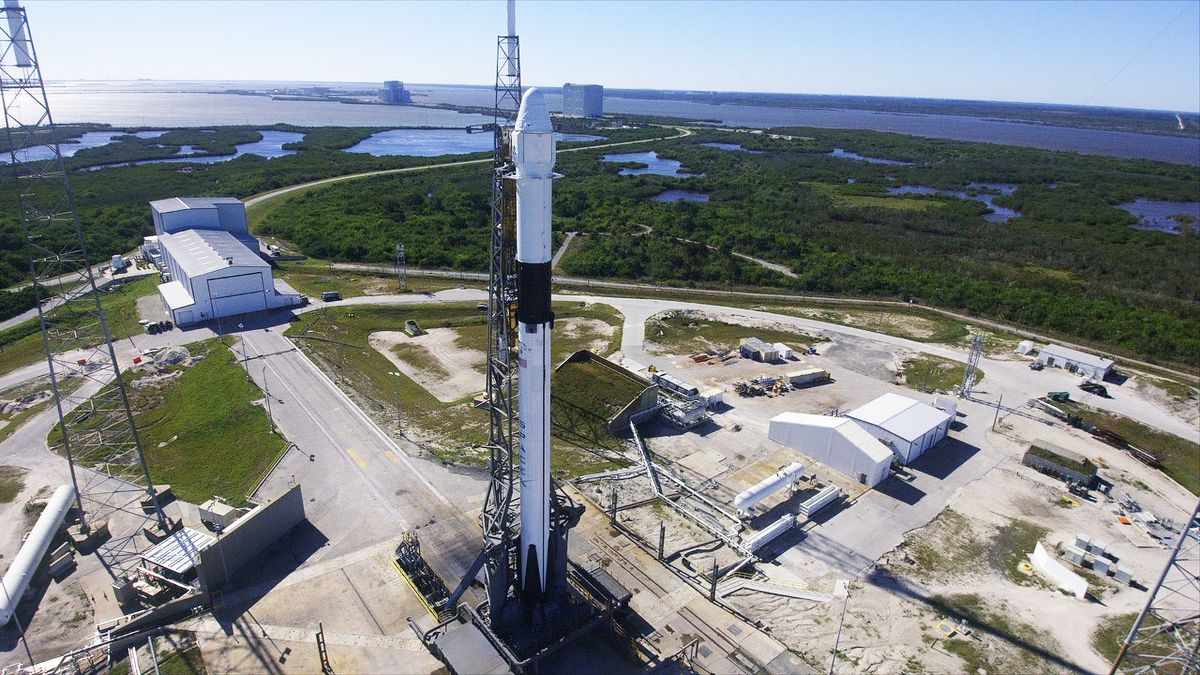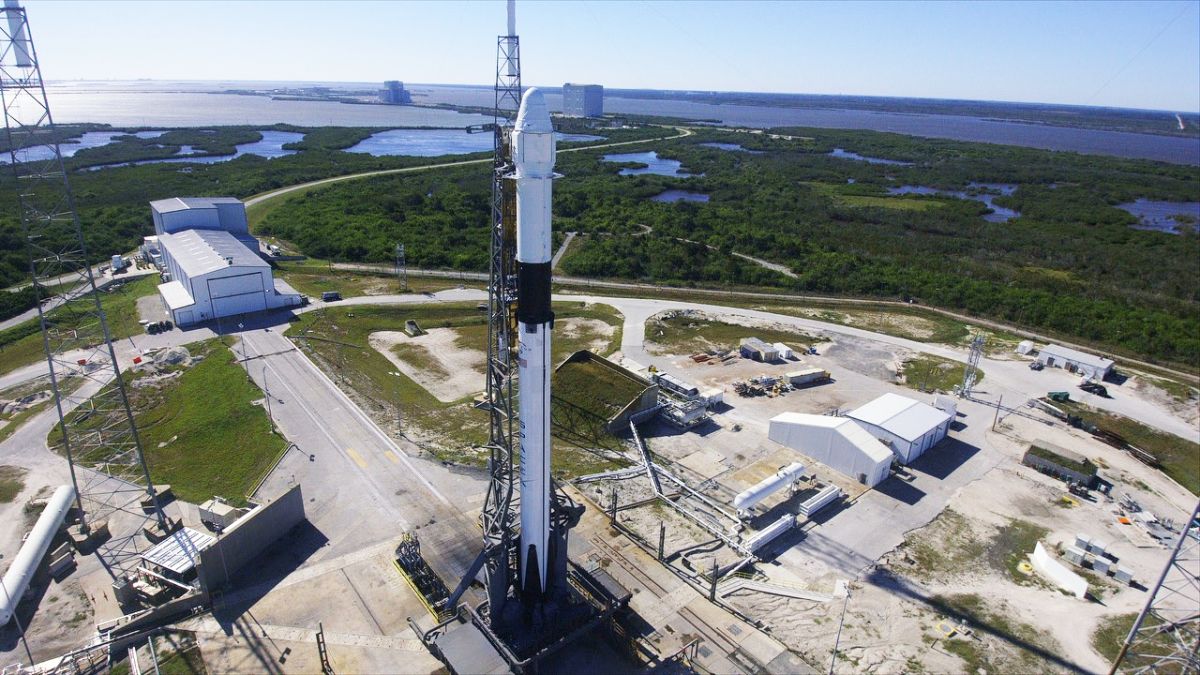
SpaceX is launching another batch of Starlink satellites on Wednesday (April 19).
A Falcon 9 rocket carrying 21 of SpaceX’s new Starlink “V2 mini” satellites will take off at 8:27 a.m. ET (1227 GMT) from Space Launch Complex 40 at Florida’s Cape Canaveral Space Force Station. There are four backup launch opportunities currently scheduled for the same day in case issues arise during the original window.
Some 8 minutes and 26 seconds after launch, the rocket’s first stage will attempt to land on the autonomous SpaceX droneship A Shortfall of Gravitas waiting nearby in the Atlantic Ocean. You can watch the action live here at Space.com courtesy of SpaceX.
Related: Starlink satellites: Everything you need to know
SpaceX’s V2 mini Starlink satellites are designed to be more powerful than earlier iterations, allowing for more broadband capacity than previous generations, according to the company (opens in new tab). They also feature Hall thrusters, which are electric propulsion systems that offer over twice the amount of thrust compared to those aboard first-generation Starlink satellites, SpaceX has said (opens in new tab).
SpaceX already has over 4,000 Starlink satellites in orbit, but has plans to greatly increase that number. The company has regulatory approval to launch up to 12,000 more Starlink craft and is seeking permission to add a whopping 30,000 more.
While the satellites will help bring broadband internet to remote or underserved locations around the globe, that amount of satellites also comes with its downsides, with astronomers complaining of Starlink craft interrupting science observations.
RELATED STORIES:
Wednesday’s mission will mark the 25th flight for the company so far in 2023. The first stage booster flying this mission previously launched the private Hakuto-R rover to lunar orbit and three Starlink missions, in addition to other payloads.
When it comes to upcoming SpaceX launches, however, all eyes are on the first space launch of the company’s massive Starship rocket, which is currently targeted for Thursday (April 20). When Starship launches on the landmark test flight, it will assume the title of the world’s most powerful rocket and pave the way for a new era of human spaceflight.
Follow us @Spacedotcom (opens in new tab), or on Facebook (opens in new tab) and Instagram (opens in new tab).



